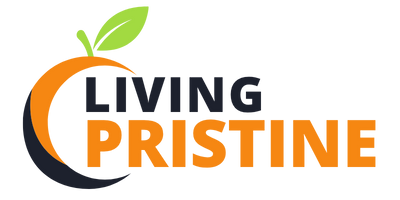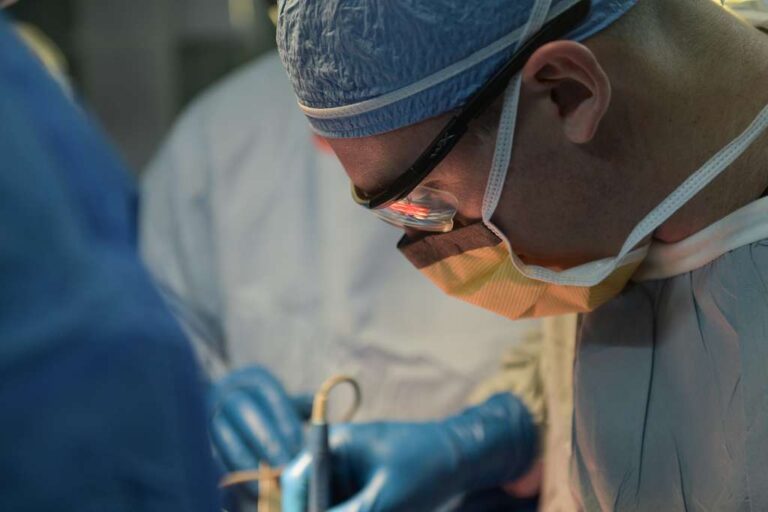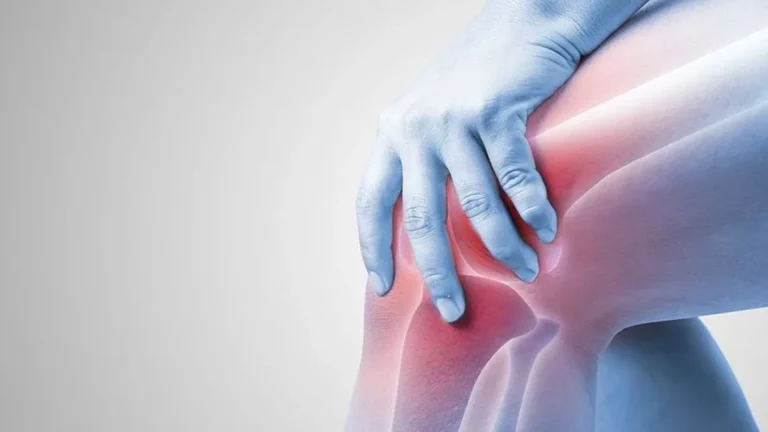How Regenerative Orthopedics Helps Manage Tendonitis

Tendonitis causes pain that can limit daily activities without the proper care. While traditional treatments offer relief, regenerative orthopedics presents new hope for those seeking faster healing and long-term recovery. This innovative approach harnesses your body’s natural healing power to repair damaged tendons more effectively than conventional methods alone. Here’s how orthopedics can help:
What Happens With Tendonitis?
Tendonitis happens when tendons become inflamed or irritated. Tendons are the fibrous tissues that connect muscles to bones, helping you move. Repeated motions, sudden injuries, aging, or poor posture cause this condition. People like athletes, office workers, and manual laborers are commonly affected.
Symptoms typically include pain that worsens with movement, stiffness, and swelling around the affected area. You might also feel tenderness when touching the tendon or hear crackling sounds when moving. The pain typically starts gradually but can become severe if left untreated.
Do Traditional Treatments Work?
Treating tendonitis typically involves methods that focus on reducing inflammation and pain. Resting the affected area is usually the first and most important step, as it allows the damaged tissue to heal naturally. Physical therapy can help strengthen the muscles around the tendon while also improving flexibility and the range of motion. Therapists teach proper movement techniques to prevent future injuries. Medications such as ibuprofen can help decrease pain and swelling, but long-term use may lead to side effects.
Does Regenerative Treatment Help?
Regenerative orthopedics is changing the way we treat tendonitis by speeding up the body’s natural healing processes. These advanced therapies deliver healing factors directly into injured tissue, helping cells repair and regenerate. Here’s how they work:
- Platelet-rich plasma (PRP) therapy: This method uses your blood. A small blood sample is taken, and specialized equipment separates the platelets from other blood components. These concentrated platelets contain growth factors that boost tissue repair when injected into the affected tendon.
- Stem cell therapy: This innovative treatment involves injecting stem cells into damaged tendons. The stem cells promote natural regeneration and help reduce inflammation.
Both treatments enhance your body’s existing healing abilities instead of just hiding symptoms.
What Benefits Are Offered?
Regenerative treatments offer several advantages over traditional methods. They often reduce pain more quickly than just resting or taking medication. Many patients notice significant improvements within a few weeks. Recovery times are usually shorter with regenerative treatments. This faster healing means you can return to work, sports, and daily activities sooner.
What Should I Expect?
The treatment process starts with a thorough evaluation. Your doctor will review your medical history, assess your condition, and determine if regenerative therapy is suitable for you. For PRP therapy, blood is drawn first, then processed and injected. Stem cell treatments may involve harvesting tissue from fat or bone marrow before injection.
Most patients experience little discomfort during the procedure. Local anesthesia numbs the injection area, making the process more tolerable. You may experience mild soreness for a few days afterward, similar to the typical sensation after a shot. Recovery usually involves avoiding certain activities for a short time. Your doctor will give specific instructions based on your treatment type and how severe your condition is.
Ask About Regenerative Orthopedics
Regenerative orthopedics provides promising options for treating tendonitis. These innovative therapies use your body’s natural healing abilities to repair damaged tendons more effectively than traditional methods. Starting treatment early can help prevent chronic problems and lead to better long-term results. If you’re dealing with persistent tendonitis, consult an orthopedic specialist to explore regenerative treatments.
- What to Expect When Visiting a Foot and Ankle Specialist
- Causes of PTSD
- The Link Between Plantar Fasciitis and Weight Gain: What You Need to Know
- How Pet Ownership Can Positively Impact Life with Fibromyalgia
- The Importance of Stretching and Flexibility in Sports Medicine
Dr. Emma Green is a health and wellness expert with over 10 years of experience in nutrition and fitness. Passionate about helping others live their healthiest lives, Dr. Green shares practical advice on wellness, nutrition, and sustainable living through LivingSpristine.






